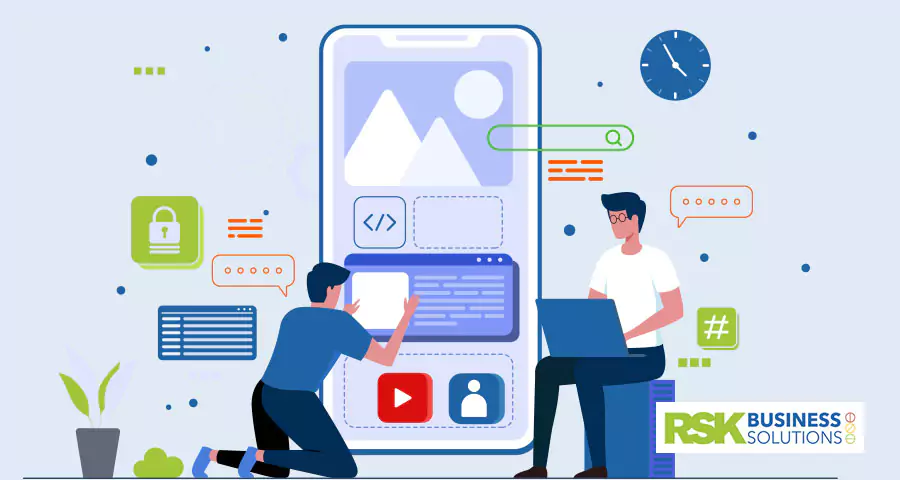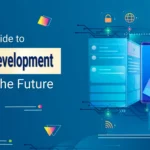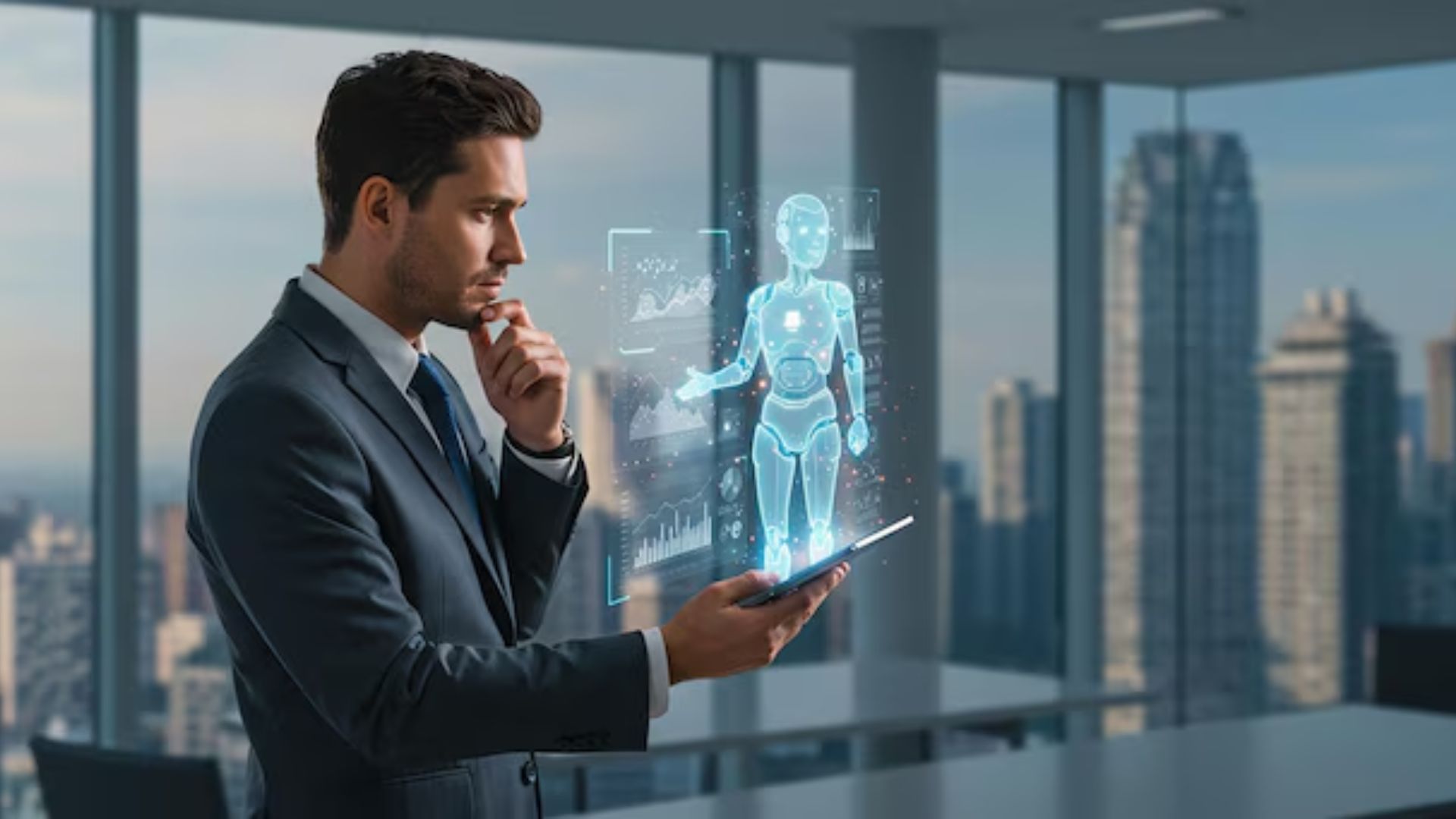
Wondering which mobile development trends you should pay attention to when developing a new mobile app or upgrading an existing one? Read on.
One of the things we love most about being part of the mobile app development industry is the pace at which it is evolving. Over the last two years, we have seen an increased focus on mobile analytics, mobile app marketing, app security, enterprise apps, and hybrid apps. But if we had to list the top mobile development trends that are shaping the mobile application development, we’d pick these three.
Related Articles

Software Development
Praveen Joshi
April 20, 2025
|
|

Artificial Intelligence
Praveen Joshi
April 17, 2025
|
|

Pen Testing
Praveen Joshi
April 15, 2025
|
|

AI Tech Solutions
RSK BSL Tech Team
April 14, 2025
|
|

Software Development
RSK BSL Tech Team
April 9, 2025
|
|

Pen Testing
RSK BSL Tech Team
April 7, 2025
|
|

Software Development
RSK BSL Tech Team
April 3, 2025
|
|

Cloud Application
RSK BSL Tech Team
March 31, 2025
|
|

Pen Testing
Praveen Joshi
March 27, 2025
|
|

Software Development
RSK BSL Tech Team
March 25, 2025
|
|

Software Development
RSK BSL Tech Team
March 20, 2025
|
|

Software Development
RSK BSL Tech Team
March 18, 2025
|
|

Software Development
RSK BSL Tech Team
March 10, 2025
|
|

Software Development
RSK BSL Tech Team
February 24, 2025
|
|

Software Development
RSK BSL Tech Team
February 19, 2025
|
|

Software Development
Praveen Joshi
February 11, 2025
|
Trends Impacting Mobile Application Development
Wondering which mobile development trends you should pay attention to when developing a new mobile app or upgrading an existing one? Read on.
One of the things we love most about being part of the mobile app development industry is the pace at which it is evolving. Over the last two years, we have seen an increased focus on mobile analytics, mobile app marketing, app security, enterprise apps, and hybrid apps. But if we had to list the top mobile development trends that are shaping the mobile application development, we’d pick these three.
1. Social Media Integration
Social media integration has become a game-changing trend in mobile app development, and there are some pretty compelling reasons why that is so.
Since almost everyone has a Facebook or a Twitter account and allowing users to sign-up through their social media account makes it that much easier to access your mobile app. Because signing up and using the app is simpler, the mobile app sees increased downloads and higher app usage.
Integrating social media with your app gives you a chance to know your user. When a user logs in their Tinder via Facebook, the dating sites pulls data (interests and likes) from Facebook and makes recommendations on potential matches. Such functionalities significantly improve the competency of the app and enhance the overall user experience. For the mobile app development company, the social login data can also be used to gain insights into behaviour patterns of users, which can then be used for more targeted promotional online campaigns.
Social media integration increases the chance of your mobile app going viral. Facebook and Twitter with millions of active users are hotbeds for online sharing and discussion. Every social media share has the potential to get you hundreds of more eyeball. Instagram allows users to share their Instagram images on other social networks such as Facebook and Flickr.
For gaming apps, social media integration makes it super easy for a user to invite friends for an online match or to simply download the app. Wait there’s more – with social media integration, every action that a customer takes on your app can be published as an update on their social media page. Posting the in-app activity stream on a user’s Facebook account significantly increases the number of random impressions of your app.
2. Wearable Devices
Wearable technology is one of the hottest topics in app development industry today. Wearable devices have superior potential than mobile phones because they are worn on the person, which means they go everywhere the user goes. They work with an application and in tandem with other devices which means real-time data can now be shared on a scale never seen before.
And there’s another futuristic trend to watch; we will soon be entering an era where smartphones, wearables, and the internet of things will work in our homes and office to create a single connected network and repository of data.
While the Apple iWatch and Google Glass have been widely lauded for their applications in fitness and healthcare, the focus is now shifting to wearable devices and apps that improve productivity and efficiency in the workplace. Emergency workers, rural medical personnel, environmental disaster teams, staff performing railway safety audits, and technicians can access information on the job while being completely hands-free. Same is the case for sales managers, lawyers, firefighters, and police officers, who need to access information urgently.
The next two years will see an explosion in wearable ownership. Technology research firm Gartner forecasts that 274.6 million wearable electronic devices will be sold this year with smartwatches dominating wearable device sales.
What does all this mean for your mobile app? Most apps made for existing smartphones and tablets, won’t work on wearables. So if haven’t developed an app to work on a smartwatch or glassware, it’s still something you want to look into. By giving developing an app for wearables, you are giving a large number of customers the option of using technology that they prefer.
3. Augmented Reality
Augmented reality and virtual reality rely on computer technology to transport the user to a simulated environment. Users are immersed in an artificial world where all the senses – vision, hearing, touch and even smell, are simulated.
Augmented and virtual reality are similar but different technologies. In augmented reality, the computer superimposes 3D graphics and images over the user’s view of the real world, to create a new layer of interaction. Virtual reality’s most immediately-recognizable component is the head-mounted display (HMD). Virtual reality, on the other hand, recreates a digital version of a real-life setting and is completely computer driven.
As you can imagine, the experience delivered by these technologies is highly sought after in the entertainment business, particularly the gaming industry which is one of the largest proponents of virtual reality. Augmented and virtual realities also hold immense potential in the medical profession; a futuristic example is remotely performed surgeries. AR and VR are already being used to treat psychological conditions such as Post Traumatic Stress Disorder (PTSD).
In aviation and the military, VR offers an attractive alternative to expensive and sometimes dangerous real-life training. American sports teams are already using VR and AR systems to aid training.
Travel companies are already a VR experience to their buyers and customers. Qantas, for instance, is using the technology to provide its customers with a virtual tour of Australia and the Sydney airport.
It’s estimated that by 2019 reality apps for enterprises will see $2.4 billion in sales. An AR/VR app for your business can help you stand out from the crowd. But before you invest in an app, it’s important to consider if it will really add value to your product. One of the things to consider is whether the visual appeal is a key feature of your product. Also, you need an app development partner that understands the challenges of AR/VR app development.
The RSK Business Solutions team has been designing apps for years, and now we are taking it to the next level – designing app development solutions to iOS and Android powered wearable devices. As a leading mobile app developer in London, our capabilities including building apps with rich 3D graphics, animations and visuals. Call us on +44 1732 833111 for setting up a consult.
Praveen Joshi
Praveen is a seasoned IT Solutions Leader and Director at RSK Business Solutions, a technology-driven IT Consulting Company that specializes in Bespoke Software Development, Agile Consulting, Mobile App Development, Smart Sourcing, and much more. For the last 17 years, he has been delivering quality custom IT solutions that help businesses achieve their goals.

 Share
Share Post
Post Tweet
Tweet Copy
Copy


